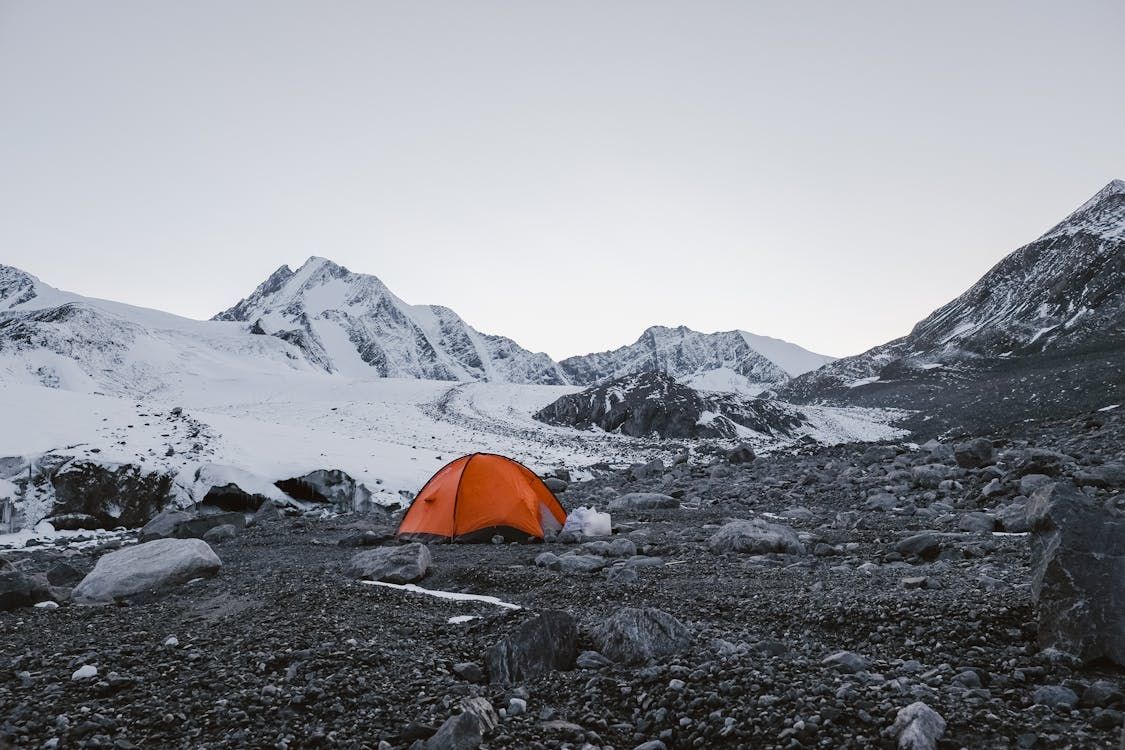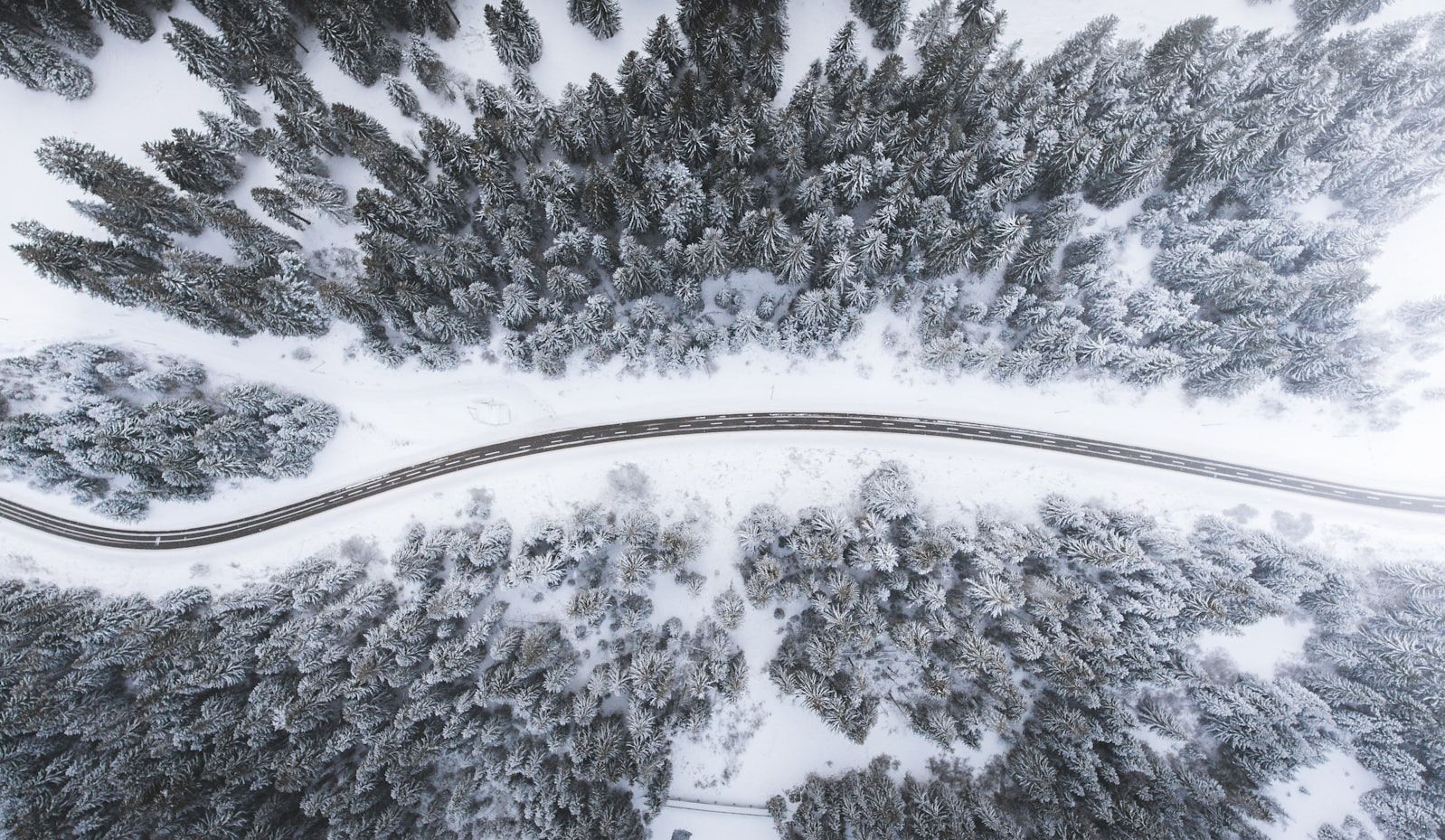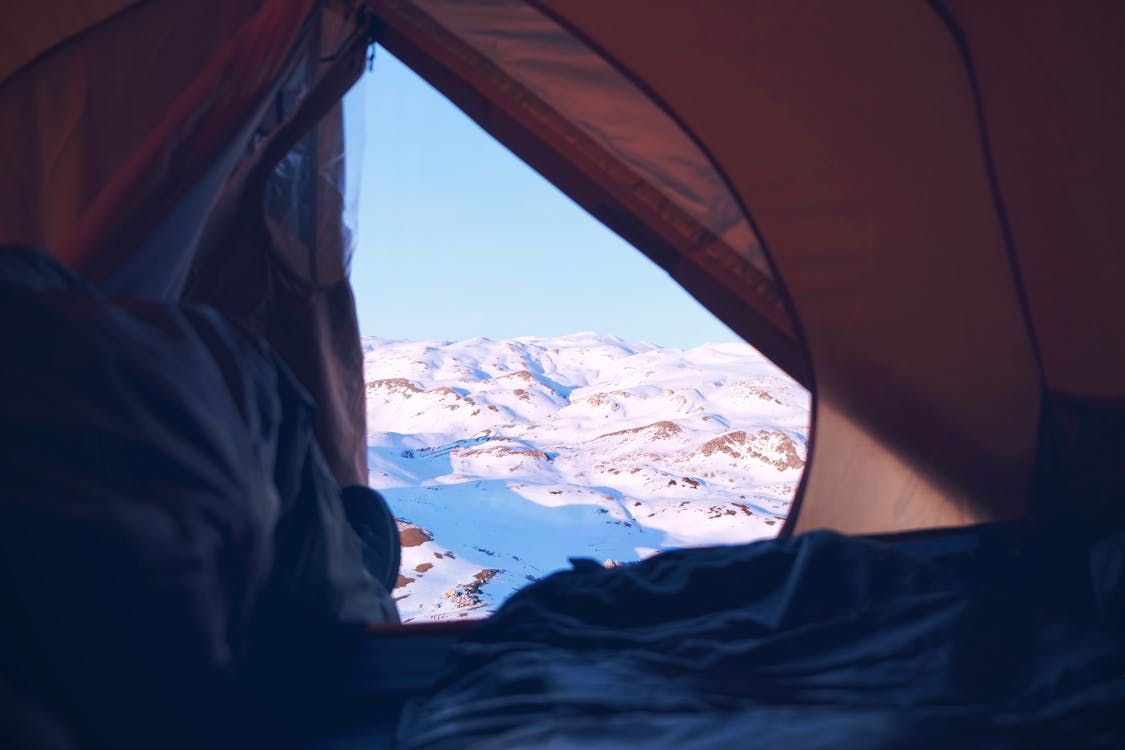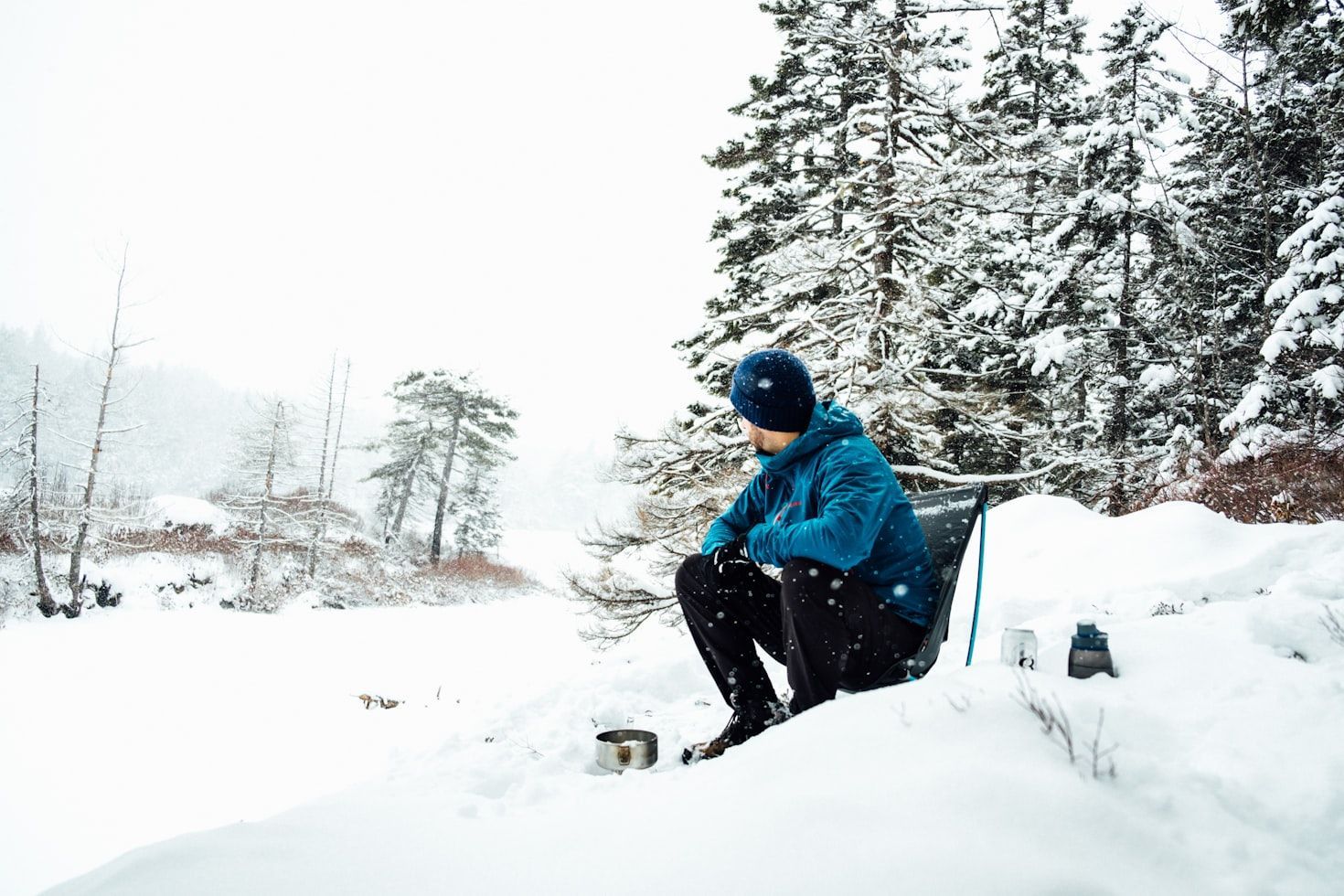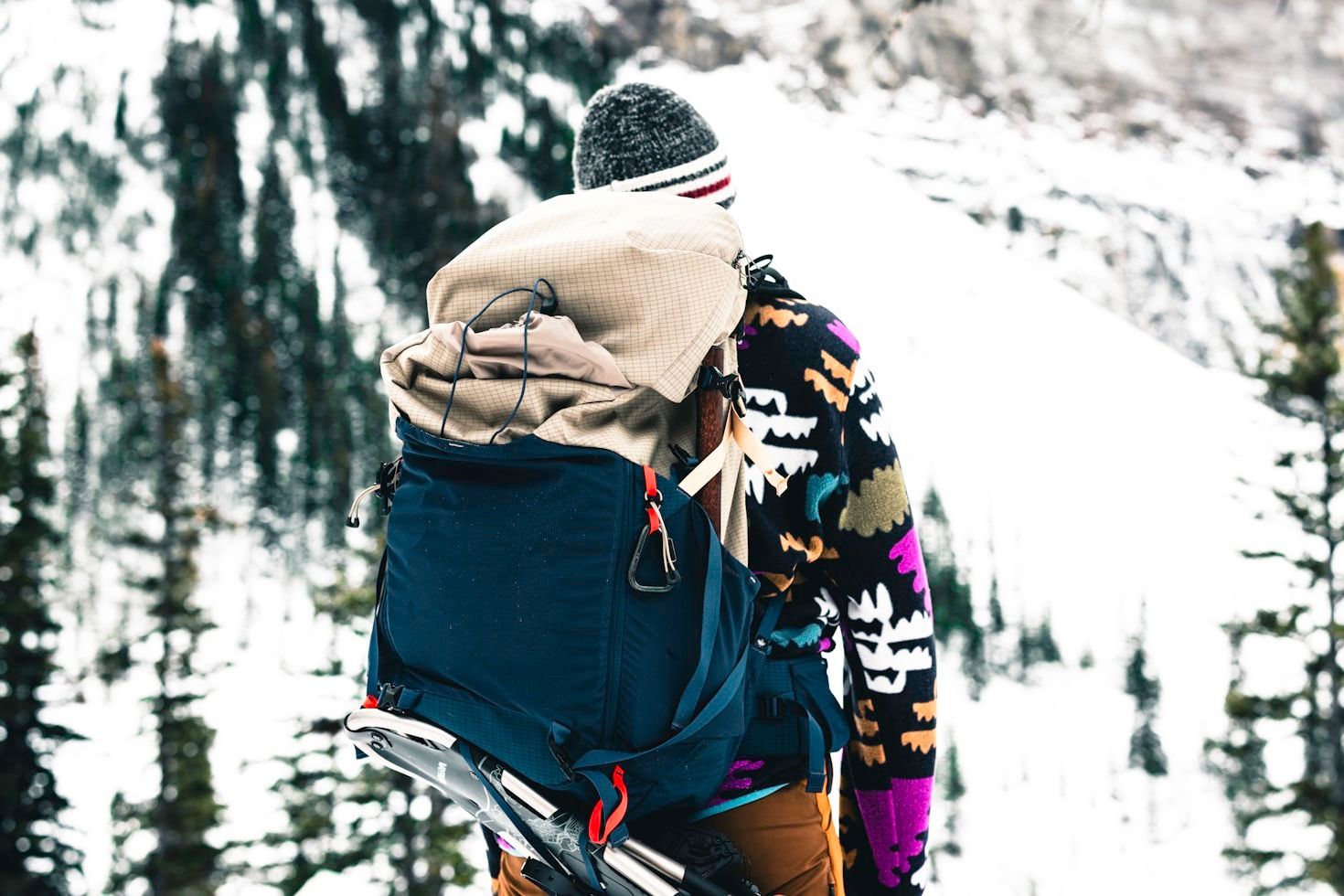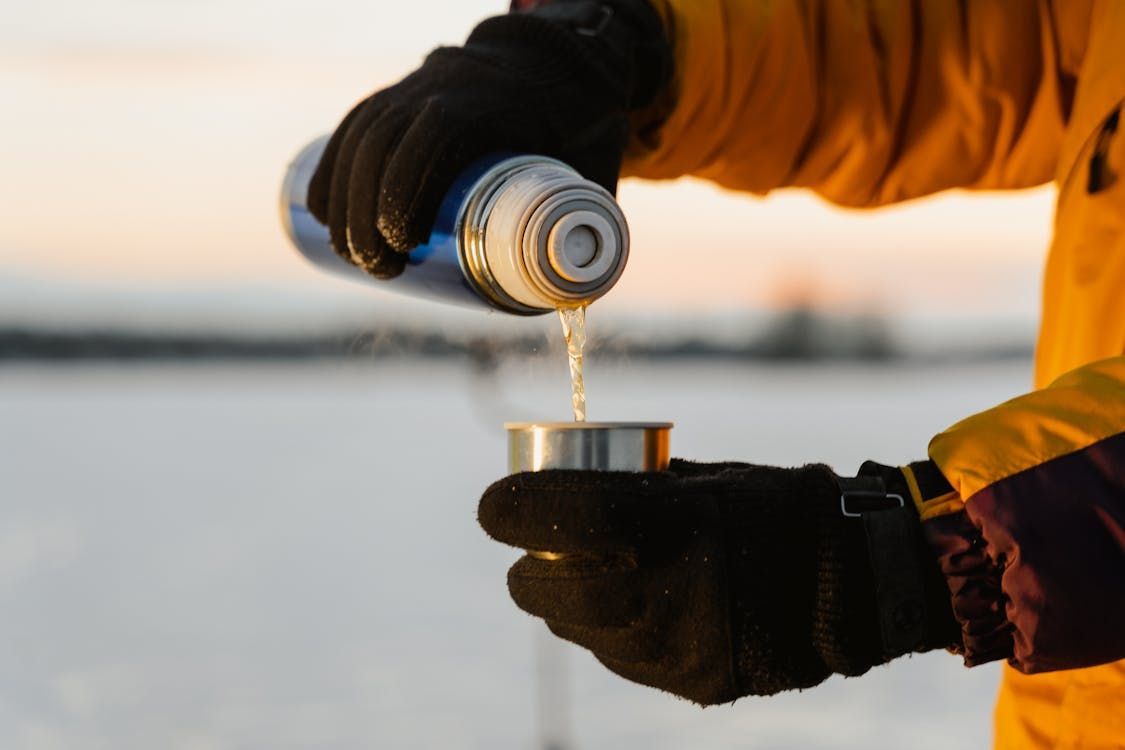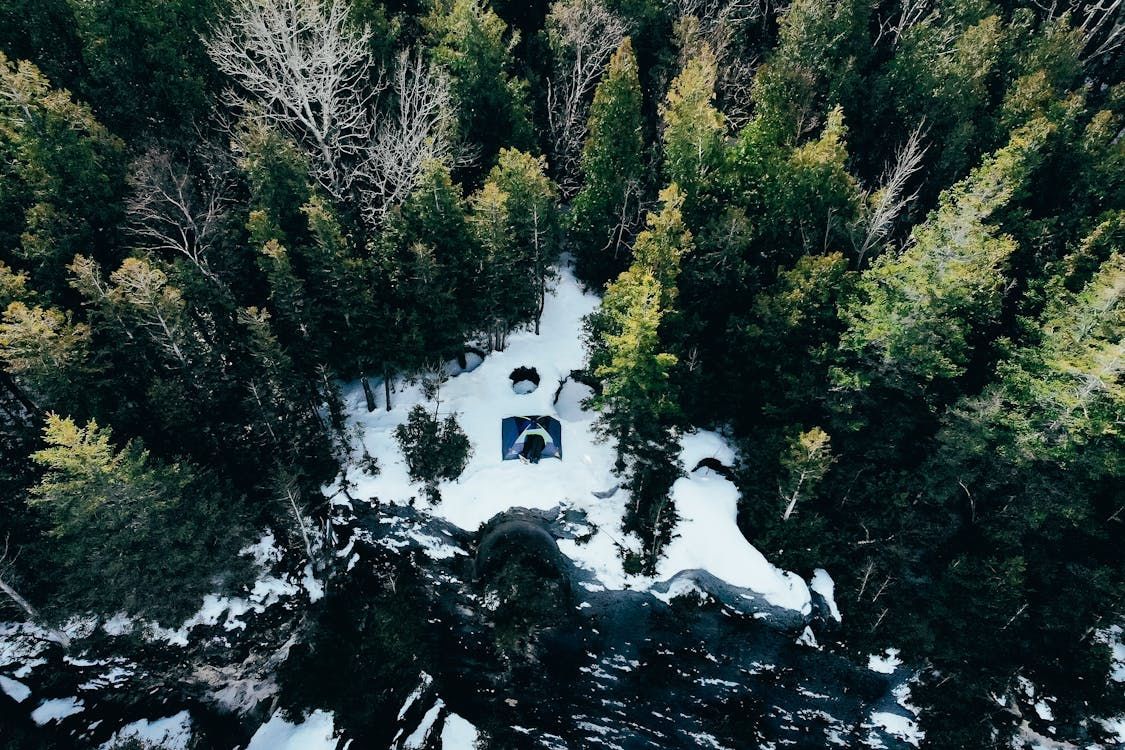Intention is everything
What makes a word ‘dirty’? Learn the origin of 12 swear words
Published on November 8, 2025
 Credit: Camerauthor Photos
Credit: Camerauthor Photos
Dirty words have been around since forever, but what makes a word "dirty," anyway? It’s not as if certain sounds are inherently offensive—they acquire their meaning from culture, context, and taboo. Let’s look at some examples from both the present and the past. Do you use any of these?
Bobolyne
 Credit: Claudio Schwarz
Credit: Claudio Schwarz
In Tudor times, the word bobolyne was used to mock someone as a fool or simpleton. The term likely comes from the Middle English verb bob, meaning "to cheat" or "to deceive." Interestingly, it resembles the Spanish word bobo, which also means "foolish."
Fustilarian
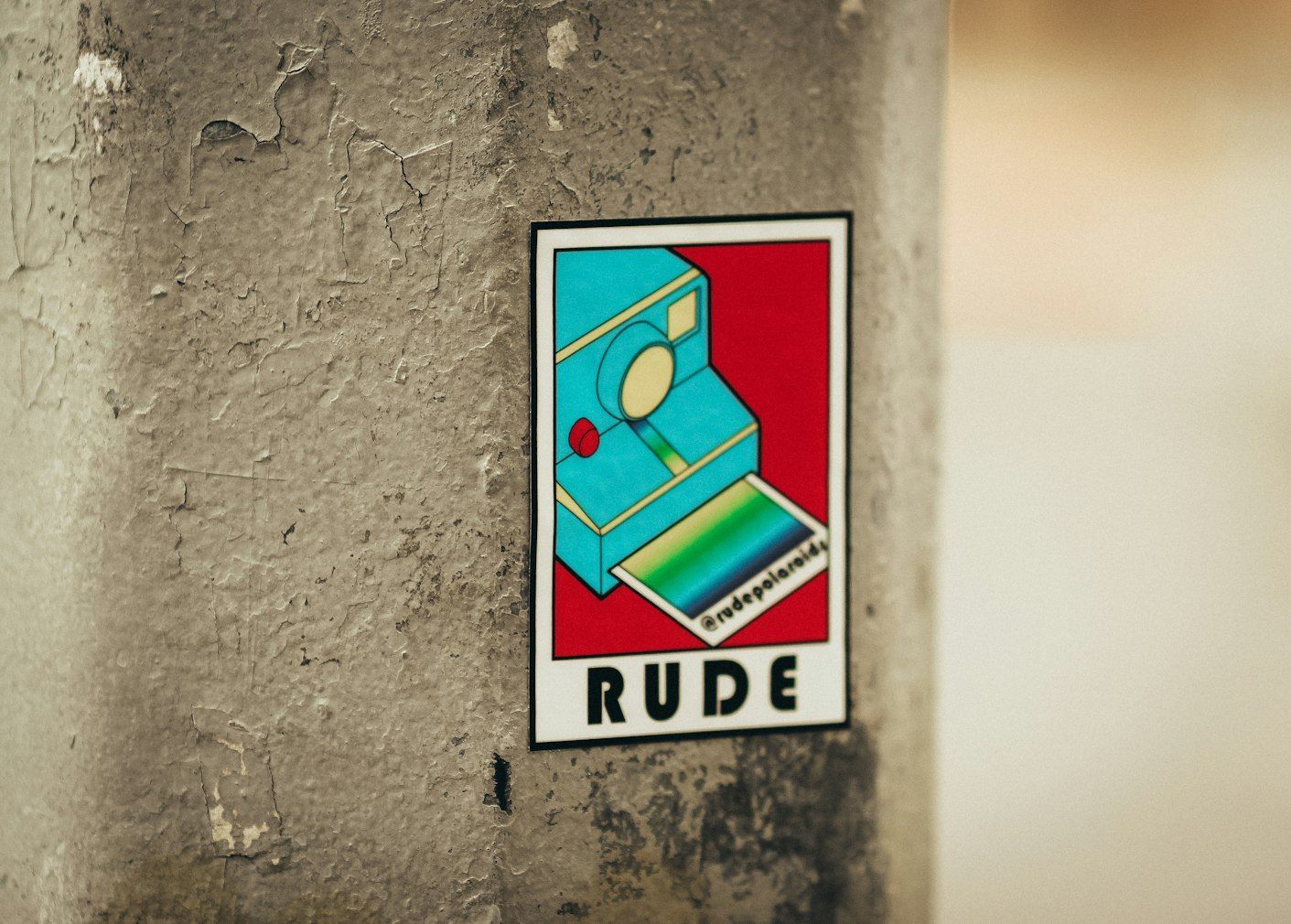 Credit: Jon Tyson
Credit: Jon Tyson
Shakespeare gave us the insult fustilarian in Henry IV, Part 2, where Falstaff hurls it during a tirade of colorful name-calling: "You fustilarian! I’ll tickle your catastrophe!" The word adds flair to his dramatic outburst.
Though its exact origin is unclear, fustilarian likely evolved from fustilugs, an old term for a fat, slovenly person.
Smelfungus
 Credit: stephan hinni
Credit: stephan hinni
In the 18th century, fellow writers Laurence Sterne and Tobias Smollett met in Italy for a short trip. Sterne was struck by Smollett’s constant criticism of the places they visited.
After the trip, Sterne wrote A Sentimental Journey and created the grumpy character Smelfungus, inspired by Smollett. The name soon became a label for anyone who always complains, especially while traveling.
Damn
 Credit: Dennis Olsen
Credit: Dennis Olsen
The word damn comes from the Latin damnāre, meaning "to condemn" or "to inflict loss," from damnum ("damage, harm"). It passed into Old French as damner and then into Middle English as damnen.
Originally, it carried the full religious weight of condemning someone’s soul to hell, but by the 17th century, it had also become a mild curse in everyday speech, often used for emphasis rather than literal damnation.
Sard
 Credit: Andre Hunter
Credit: Andre Hunter
Long before the F-bomb, there was sard: a 10th-century Old English word used much like today’s more infamous term. It referred bluntly to sexual intercourse.
The word even appears in an Old English translation of Matthew 5:27, rendered as "ne særde oðres monnes wīf" ("don’t sard another man’s wife") instead of "don’t commit adultery."
Zounderkite
 Credit: Alex 0101
Credit: Alex 0101
In Victorian times, calling someone a zounderkite was a sly way to say they were an idiot. It was a clever insult that didn’t sound too harsh, and it could also describe someone clumsy or prone to bungling things—a perfect little word for a polite jab.
Rantallion
 Credit: Steve Barker
Credit: Steve Barker
One of the cruder insults from the 18th century, rantallion was slang for a man whose penis was shorter than his scrotum. It was used to mock and humiliate, usually targeting a man’s masculinity in a particularly vivid (and unflattering) way.
As Francis Grose defined it in his 1785 Dictionary of the Vulgar Tongue: "Rantallion. A man whose parts are so small, that they are not worth the trouble of being named."
Bescumber
 Credit: Dibakar Roy
Credit: Dibakar Roy
To bescumber something meant to cover or spray it with feces—a vivid way to show disrespect. The term was often used metaphorically to suggest that something was worthless or beneath notice: after all, if you were willing to bescumber it, it couldn’t be worth much.
Fopdoodle
 Credit: Slavcho Malezan
Credit: Slavcho Malezan
Fopdoodle was an old-fashioned way to call someone a foolish nobody—a "dumbass" in vintage form. The word blends fop (a dandy) with doodle (a simpleton), making it a perfect insult for someone all style and no sense.
Crap
 Credit: Tycho Atsma
Credit: Tycho Atsma
While crap doesn’t pack the same punch it once did, its roots are surprisingly earthy, starting in farming.
It comes from Old Dutch krappen ("to pluck off") and Latin crappa ("chaff"). Through Old and Middle French, it became crappe in English, meaning discarded grain or waste.
Numpty
 Credit: Taha
Credit: Taha
Numpty is a slang term used to insult someone’s intelligence, similar to calling them an "idiot" or "stupid." It is still occasionally used in Britain and Scotland, often in a lighthearted or gently mocking way.
Jelly-Belly
 Credit: Shubham Dhage
Credit: Shubham Dhage
Jelly-belly was a Victorian insult aimed at the upper class, mocking their tendency to be overweight. At the time, obesity was relatively rare among the general population due to hard physical labor and limited access to food, which made heavier aristocrats stand out.
